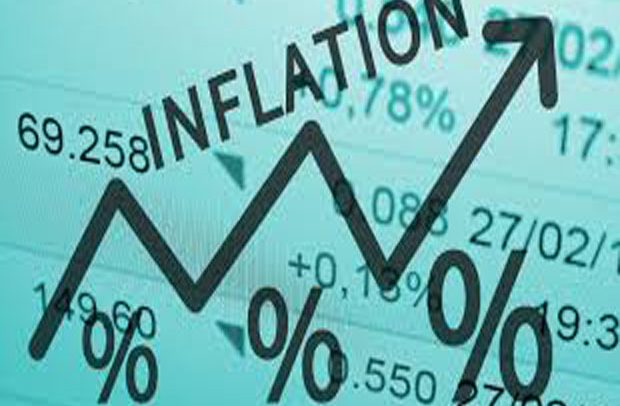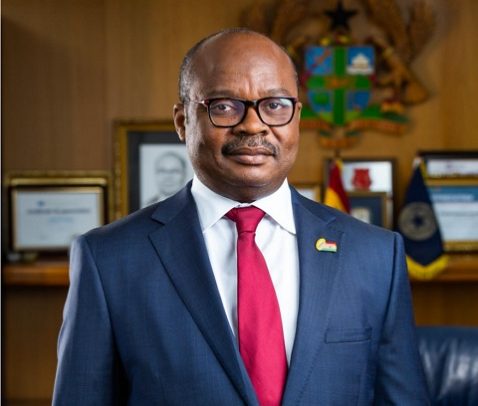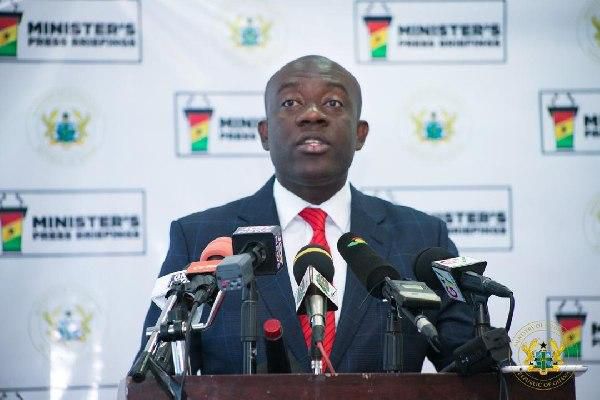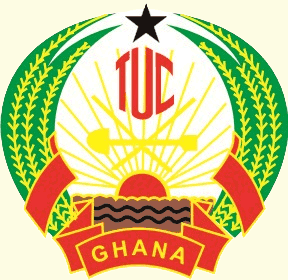
Zimbabwe’s annual inflation almost doubled to a new 10-year high of 175.66% in June, data showed on Monday, stirring memories of years of economic chaos.
Prices of basic goods from sugar to cooking oil to building material soared during the month as much as 200%, statistics agency ZIMSTATS said, and the local currency fell.
On a month-on-month basis, the consumer price index rose 39.26% compared to 12.54% in May - short of the monthly 50% figure that would mark the start of hyperinflation.
President Emmerson Mnangagwa promised to revitalise the economy when he came to power in 2017 after veteran leader Robert Mugabe was ousted in a coup. But Zimbabweans have continued to suffer shortages of hard currency, fuel and bread.
Zimbabwe abandoned its own dollar in 2009 after runaway money-printing catapulted inflation to 500 billion percent.
Mnangagwa’s government surprised the market last month when it brought back a national currency - making the interim unit the sole legal tender, renaming it the Zimbabwe dollar and banning the use of foreign currencies for local transactions.
The national unit has depreciated 27.9% percent since and reached 8.77 against the dollar in official exchanges on Monday. On the black market, the greenback fetched 10.5 Zimbabwe dollars on Monday.
Finance Minister Mthuli Ncube said last week he expected the monthly inflation rate to start to fall from October.
But analysts have warned that inflationary pressures will remain high, particularly at a time when the government is having to step up food imports to cope with a severe drought.
Read Full Story










Facebook
Twitter
Pinterest
Instagram
Google+
YouTube
LinkedIn
RSS